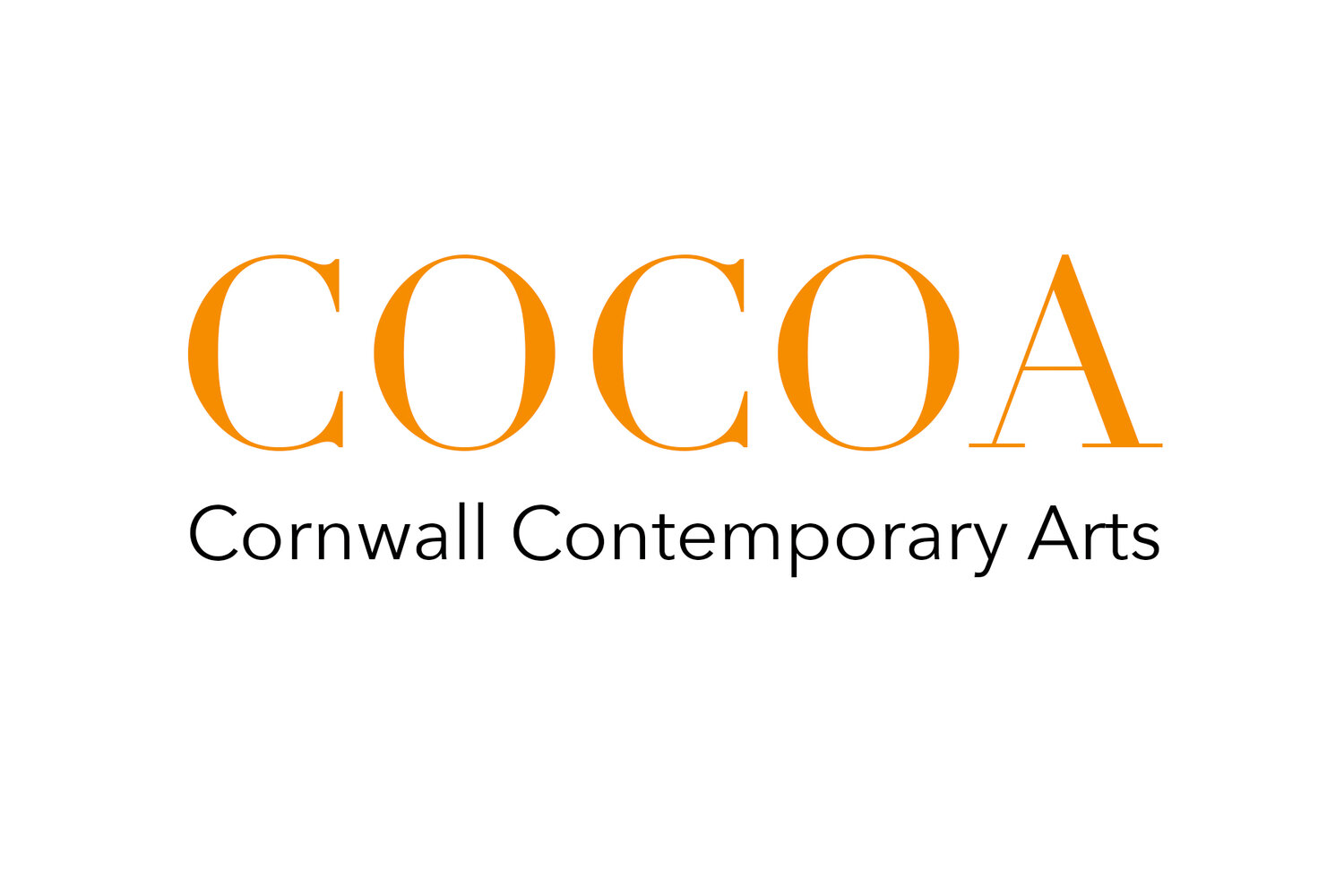Look: With Dennis Cheaney
The stunning portrait of Thomas Jefferson on a green-grey ground was painted by Gilbert Stuart (1755-1825) and left unfinished in 1805. Long admired by Jefferson it took him at least 15 years to finally receive the painting from the artist. Stuart, by far one of America’s greatest portrait painters, was also a canny businessman. He held onto his unfinished portrait of George Washington (“the Anthenaeum portrait” of 1796 that now hangs at Boston’s MFA) to serve as the model for the 70 copies he painted from it thereby ensuring a steady stream of income throughout his life. Perhaps Stuart intended to do the same with Jefferson’s portrait. In letters to Jefferson, Stuart referred to the unfinished state of the painting as a pretense for a delay in delivery.
Stuart had a natural ability to depict a sitter’s character through an economy of shape and his talents were further refined during his trip to Britain in 1775 where he acquired a feel for formal portraiture studying under Benjamin West. When Stuart returned to the states in the 1790s he had the training and bona fides to depict the elite of a fledgling country in a powerful international style. He went on to paint 1,000 portraits of which six were of U.S. Presidents.
Stuart’s portrait of Jefferson follows the general color scheme among 18th century British artists. The green-grey ground, or verdaccio, was painted over a mahogany panel. It is striking to see but is not altogether unique. The color of a painting’s ground may vary from cream to chestnut to strong reds or violets and its selection depends on the color effects the artist wants to explore. In Jefferson’s portrait the verdaccio may be seen through the area around the mouth and chin and assists in the suggestion of the half tones that provide modeling to the face. By contrast the green color allows the muted reds of the cheeks to look very warm and intense. Additionally, the colored ground provides a delicate base for the silvery light hair. Ultimately, the verdaccio background would have been made darker, perhaps with warm grey tones, in order to make a final and complete painting.
Much of the power in Jefferson’s portrait is in the sense of intimacy and familiarity achieved by the sketchy unfinished handling. The visual effect of color contrast between green and red tones is dazzling and lends a lifelike quality to the painting. Known as “the Edgehill portrait”, the painting is on display and may be admired at the National Portrait Gallery of Art, Washington D.C.

